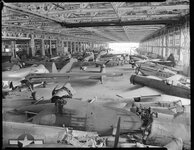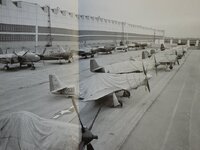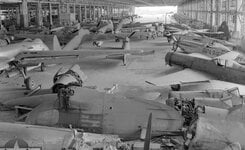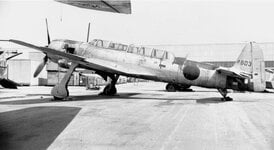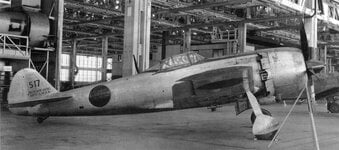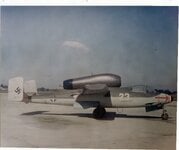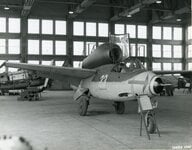Ki-78 mockup

Source: s://twitter.com/L1649_CN1001/status/1257376920234319873
Ki-78 real size model at the Kakamigahara Air and Space Museum

Source: かかみがはら航空宇宙博物館と「研三」
Source: s://twitter.com/L1649_CN1001/status/1257376920234319873
Ki-78 real size model at the Kakamigahara Air and Space Museum
Source: かかみがはら航空宇宙博物館と「研三」
Last edited:


